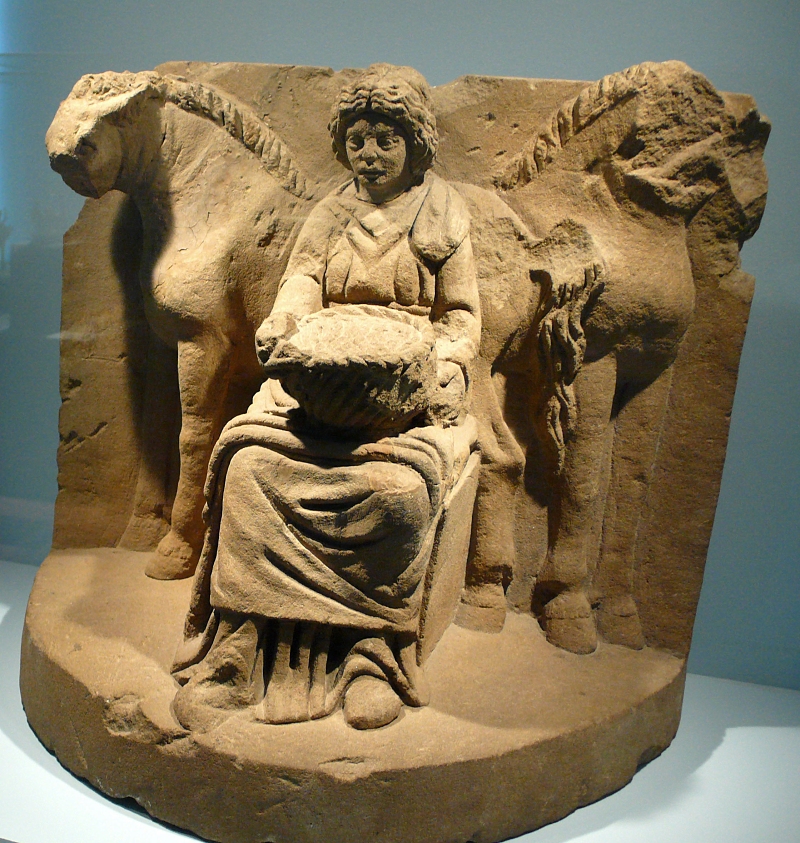Much of what is known about the Celtic gods and goddesses comes from Roman sources, archaeological remains and folklore handed down from generation to generation, as the Celts did not believe in using writing to record their knowledge. History, genealogy, astronomy, astrology and, especially, religion were passed down by word of mouth. All knowledge was sacred and the Celts did not wish it to fall into impious hands. They wrote business letters and correspondence in Greek or Latin but chose to write very little in their own language. Thus, most of their sacred beliefs are only dimly known.
The ancient Irish tales contain the earliest written records of Celtic mythology and though they seem to relate especially to Ireland, the family of gods they involve are probably typical of a wider range of Celtic tribal beliefs. Although the Celtic gods were not well organized like their Greek and Roman equivalents, they did have certain defined areas.
The male was important in early Celtic society but the mother earth goddess was dominant. She was the divine mother of the tribe and if properly worshipped, she brought fruitfulness to the land and peace and prosperity to its people. Because each tribe had its own gods there are literally dozens of named gods and goddesses in the Celtic world, known mainly from inscriptions and carvings and from the records of the Romans.
In the British Isles and in other parts of Europe, the names of gods and goddesses also survive in place and river names. For example, The Isle of Man, an island in the middle of the Irish Sea, almost equal distance from Ireland, Scotland, England and Wales was named for Manannan, god of the sea. The River Seine in France was named for the Gallic goddess Sequana.
Some of the Celtic gods were destroyed by the coming of Christianity but other were accepted and adapted to become early Christian saints. Brigid was transformed into the evangelical saint Brigid of Kildare. Danu or Anu, the mother goddess of the Irish family of gods, became Saint Anne.

The gods and goddesses of the pre-Christian Celtic peoples are known from a variety of sources, including ancient places of worship, statues, engravings, cult objects and place or personal names. Read more at Wikipedia